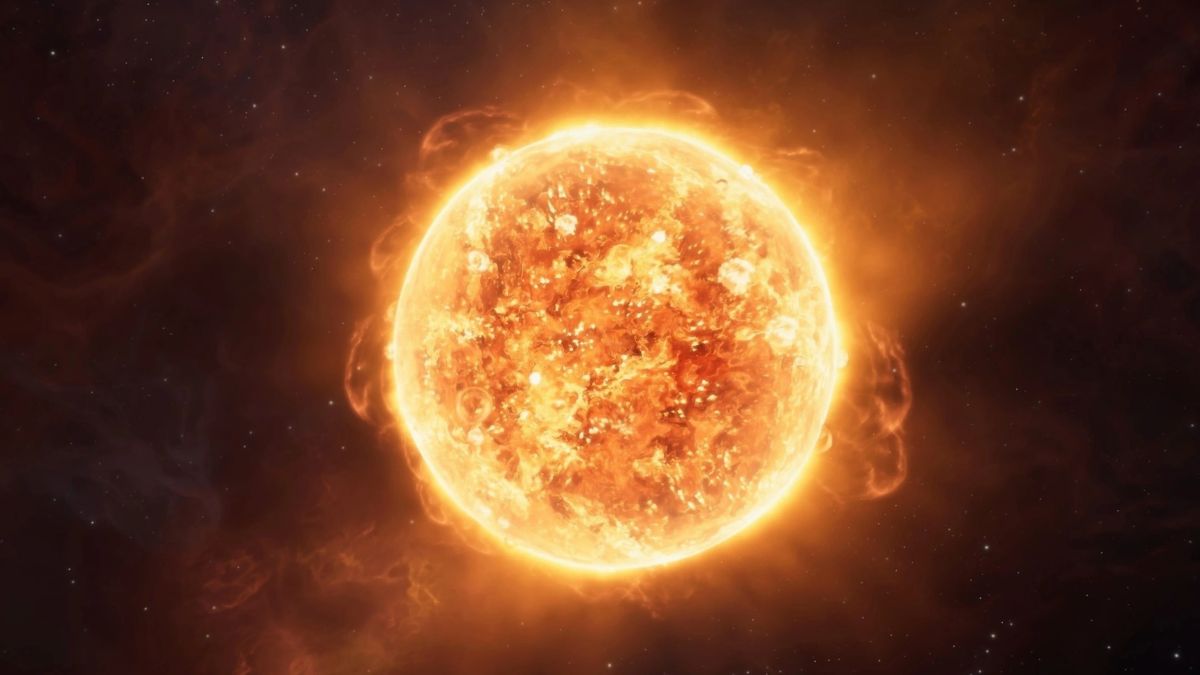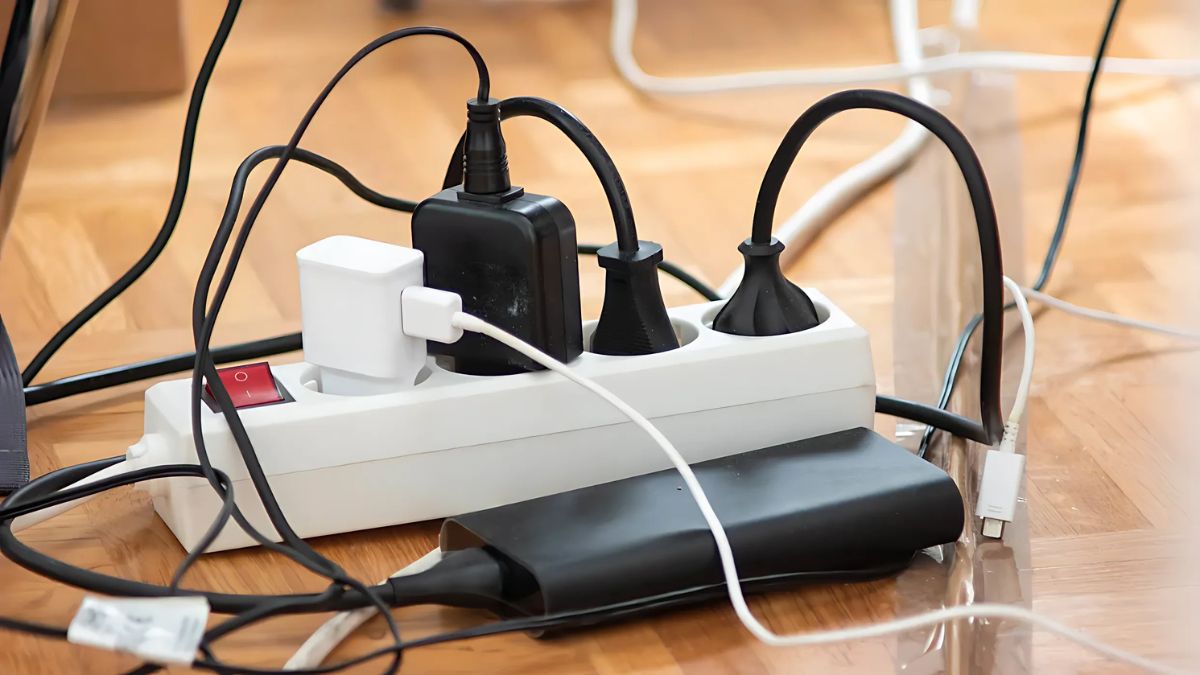For nearly five decades, scientists have puzzled over a strange observation in solar flares: certain spectral lines in ultraviolet and X-ray light appear too wide—much wider than expected based on known temperatures. The usual explanation? Turbulence. But a new study led by Alexander Russell at the University of St Andrews may have finally cracked the case—and it turns out the answer has been hiding in plain sight.
The culprit? Super-hot ions.
Flareplasma
Solar flares are explosions of plasma—charged particles like electrons and ions—triggered by magnetic reconnection in the Sun’s atmosphere. When stressed magnetic field lines snap and reconnect, they release massive energy, heating the surrounding plasma.
Traditionally, physicists assumed that electrons and ions quickly share energy and reach the same temperature. It kept solar models simple and predictable. But Russell’s team argues that this idea doesn’t hold up in the chaotic early stages of a flare.
Hotions
In fact, the study shows that ions can be over 6 times hotter than electrons during key phases of a flare, with ion temperatures exceeding 60 million Kelvin. That huge temperature difference makes ions move much faster—and that changes what we see.
Read Also- Electrician’s Warning – 7 Dangerous Devices You Should Never Plug Into Extension Cords
Since fast-moving particles spread out the light they emit, the result is broader spectral lines. For decades, scientists blamed this on turbulence. But now, there’s a much simpler explanation: hotter ions jiggle faster, and that motion broadens the lines naturally.
Reconnection
This idea isn’t pulled from thin air. It’s based on solid observations of magnetic reconnection in other parts of space—like the solar wind and near-Earth space—where ions are consistently heated 6.5 times more than electrons.
Russell and his team realized no one had applied this rule to solar flares, even though reconnection is at the heart of both systems.
So, what happens if you apply it? You get a flare plasma where, high above the bright loop that forms during a flare, ions are much hotter than electrons—and they stay that way for tens of minutes, especially in less dense regions where particles don’t collide as often.
Spectra
This is where the spectral lines come in. Instruments looking at flare emissions often detect broad lines in X-ray and UV light. The standard theory was that these wide lines came from fast, chaotic plasma motions—basically, turbulence.
But if ions are super-heated, their motion alone can explain that broadening.
That means decades of solar flare data might need a new interpretation. We might not be seeing turbulence at all—we might just be seeing ions moving really, really fast because they’re really, really hot.
Simplicity
The beauty of this new idea? It doesn’t need radical new physics. It just takes an existing rule about reconnection heating and applies it to flares. Simple, intuitive, and testable.
In fact, this approach gives astronomers new ways to study solar flares:
- Look early in the flare, when reconnection is just getting started.
- Look above the loop tops, where reconnection outflows slam into dense plasma.
- Compare spectral lines from different ions, and match them to diagnostics that track electron temperatures.
If those line widths match a 6.5:1 ion-to-electron temperature split, then we’re looking at a real signature of this hidden heat.
Impact
This isn’t just about solving a long-standing mystery. The way solar flares heat up directly affects space weather—storms of radiation and charged particles that can interfere with satellites, communications, and power grids.
If ions grab most of the energy early on, that changes how flares evolve, how shocks form, and how particles accelerate. That’s essential info for forecasting space weather and protecting technology on Earth and in orbit.
Future
Russell’s study invites solar physicists to change one key assumption: stop forcing ions and electrons to share a single temperature too early in flare models. Let them evolve independently, especially in the high, thin regions where reconnection is most intense.
It also gives future instruments a new mission: measure ions and electrons separately during flares, and track how their temperatures differ across time and space.
That simple shift in perspective could finally unlock answers to one of heliophysics’ oldest questions—and help us better understand the Sun’s wildest outbursts.
FAQs
Why are flare lines so wide?
Because ions are much hotter and move faster than expected.
What heats ions more than electrons?
Magnetic reconnection heats ions 6.5 times more than electrons.
Do ions and electrons share heat?
Not right away, especially in the flare’s early stages.
How hot do ions get in flares?
They can exceed 60 million degrees Kelvin.
Why does this matter for space weather?
It changes how energy and particles move during solar storms.



















